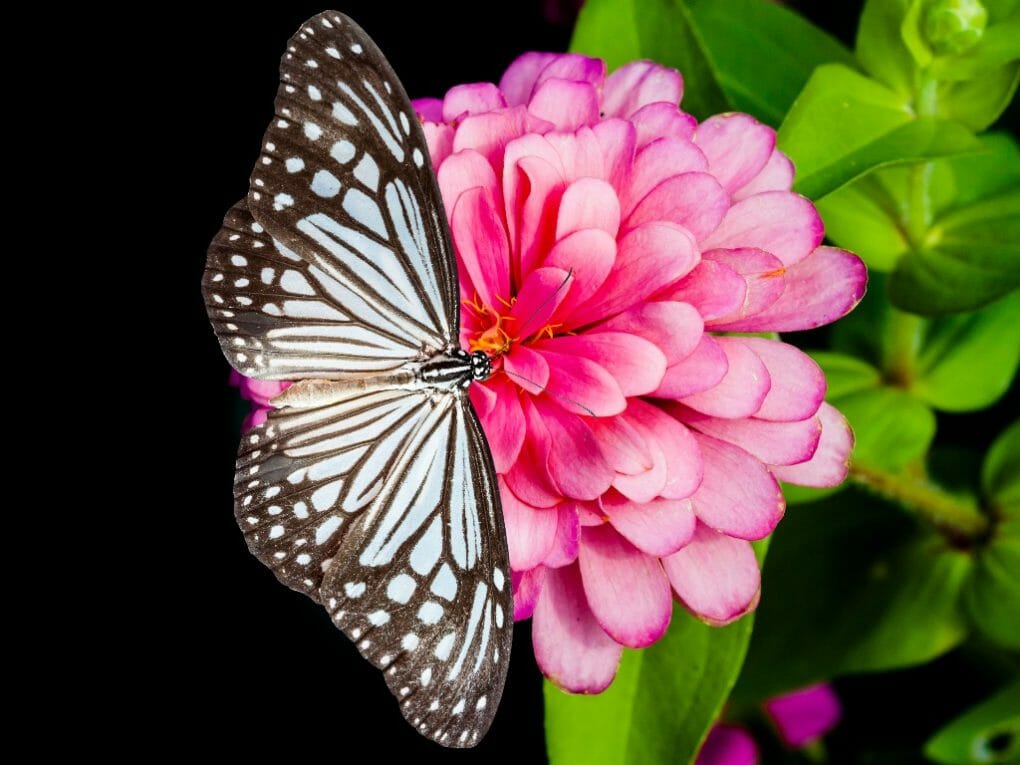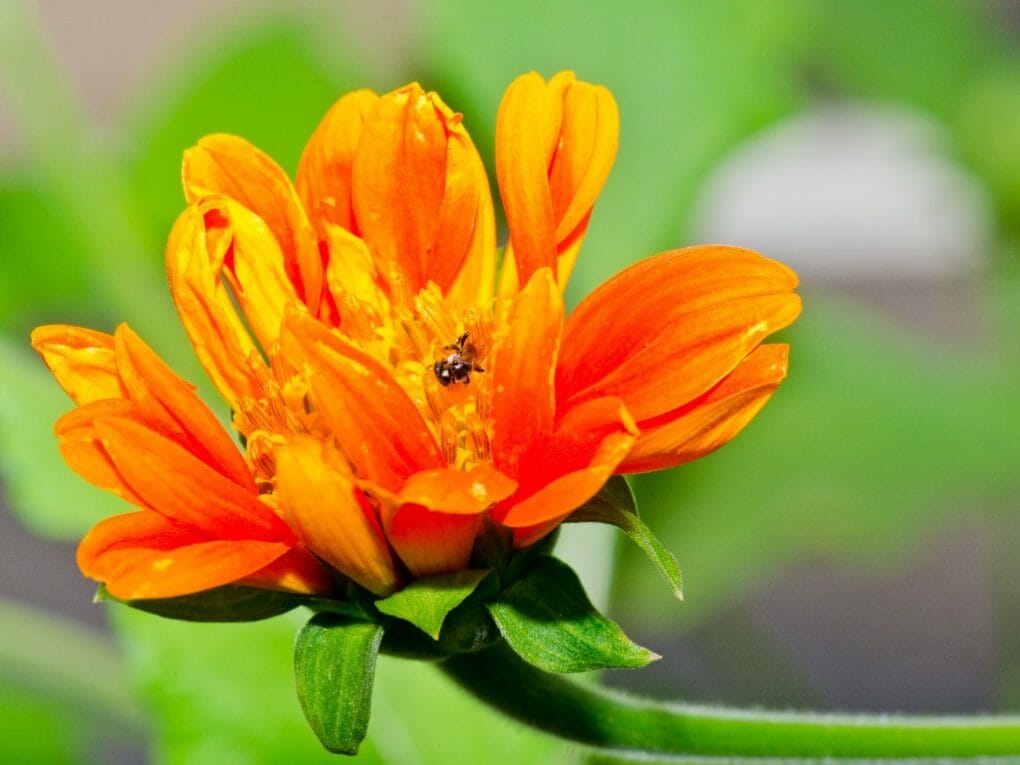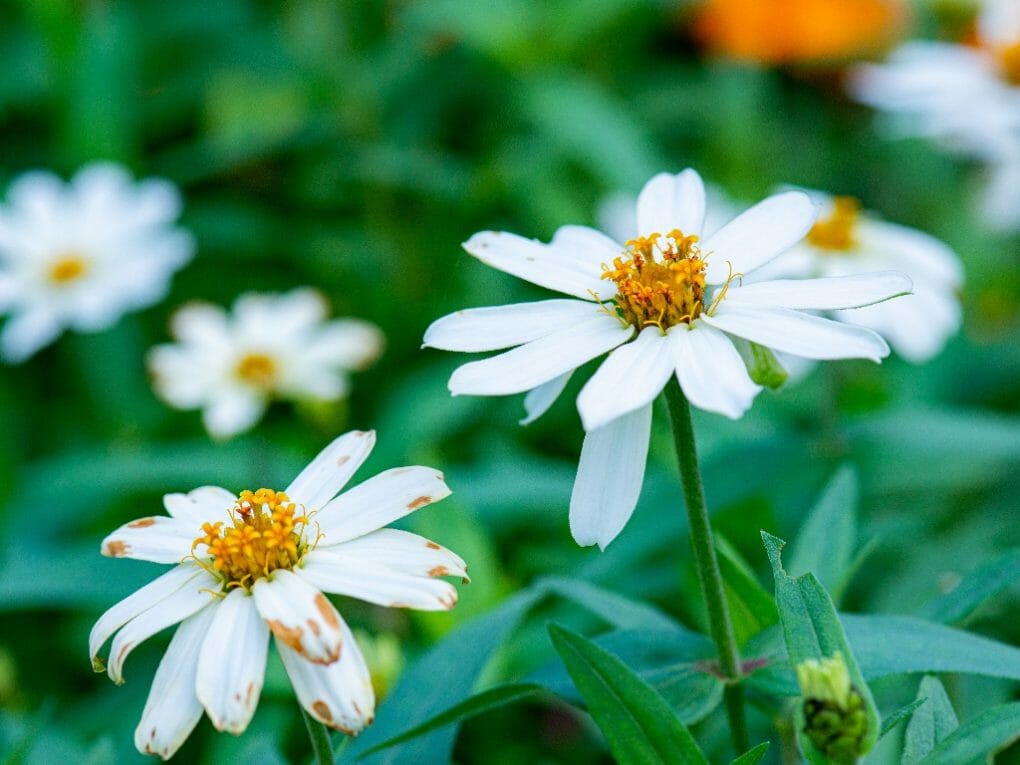When Does Zinnia Bloom? Care Tips for Zinnias to Achieve Beautiful Blooms

Zinnias typically bloom in late spring or early summer, but this can vary depending on the location. It is also important to note that zinnias will not flower if planted in direct sunlight. So, placing them in shaded areas or indoors during the hotter months is a good practice.
Zinnia comes in many different kinds. Most are big and tall, and their blooms are usually very bright. But some Zinnia flowers have softer colors, and there are even dwarf types with shorter stems and smaller flowers.
If you don’t have a lot of room in your garden or landscaping, you might want to think about a dwarf Zinnia. If you don’t have enough space to spread the Zinnia blooms, keeping them in good shape will be more challenging. On the other hand, dwarf varieties can be planted closer together and will help you make the most of a smaller planting area.
Table of Contents
Care Tips for Zinnias to Achieve Beautiful Blooms
The good news is that taking care of zinnia plants is very easy. These hardy plants can handle both heat and drought, and they can also handle cooler weather in the fall. Following these detailed care tips will give you the best results.
Sunlight
Zinnias do well when it’s hot and sunny. So if you can, plant this one in full sun. They bloom more when they get at least 6 to 8 hours of full sunlight daily.
As long as they receive at least 4 hours of sunlight per day, they can be grown in partial shade. But keep in mind that they won’t bloom as much if they get too much shade.
Soil

The good news is that zinnias aren’t too picky about their soil and will grow in almost any kind. But they like rich soil that drains quickly and is full of organic matter.
Plants and flowers grown in good soil full of humus and other organic matter will be stronger and healthier. Worm poop or compost can be added to your beds to improve them.
Zinnias should never be planted in places where water pools. But you can improve the drainage of soil that doesn’t drain well by adding perlite or coarse sand.
Use an excellent outdoor potting mix; always plant them in a pot with enough drainage holes.
Fertilizing
Since zinnia plants grow so much in one season, they do best when fed regularly with phosphorus-rich fertilizer.
Start by adding slow-release granules to the soil when it’s time to plant. Then put more on top of the two or three more times over the summer.
You can also give them all the nutrients they need by giving them a water-soluble fertilizer or an organic compost tea once a month.
Pruning and Deadheading
No matter what kind of zinnias you grow, they will all do better if you regularly prune them and remove the flowers. If you do this, the plants will get bigger and have a lot of new buds.
The more you cut back the flowers, the bushier the plant will get and the more flowers you will get. So cutting them to put in vases and flower arrangements is a win-win.
Taking off dead flowers also helps new ones grow. Once the flowers are done blooming, pinch or cut them off to keep the seeds from forming, which would drain the plant’s energy.
Zinnia Propagation
Zinnias are very easy to grow from cuttings or seeds. If you want to try rooting cuttings, cut the lower leaves off of stems 3 to 4 inches long but not in bloom.
Dip the cut ends in a rooting hormone, put them in a light soil medium (or seedling mix), and put them in a humid place until you see new growth.
Or, you can start the seeds indoors 6 to 8 weeks before the last frost in spring. You can even save the seeds from your favorite plants to grow them again and again.
Solving Zinnia Problems
Control of Diseases
Dealing with disease and mildew is one of the most frustrating parts of taking care of zinnia plants. When wet, warm, and humid, powdery mildew can grow and cause problems.
Zinnias can also get bacterial leaf spots. There are weeping sores that turn brown and then black. It grows well because water gathers on the leaves.
The good thing is that these diseases only affect the leaves, not the flowers. If the leaves start to get sick, you can treat them with an organic fungicide.
But since the leaves aren’t fascinating and the plants don’t last long, you may decide not to do anything about it.
You can also keep zinnias from getting sick by giving them a lot of space so air can flow around them and by watering them at the base of the plant, so the leaves don’t get wet.
Control of Pests

Spider mites can damage the plant’s leaves, but you only need to spray them if the damage starts to hurt the plant as a whole.
If you bring the flowers inside, look them over carefully for spider mites. This will keep you from getting these bugs into your house and giving them a place to live on your indoor plants.
Zinnias are also resistant to deer and rabbits, which is another reason to grow them. So, if you have furry pests in your garden, these are a great choice.
Yes, zinnias are easy to grow. But sometimes things go wrong, and you don’t know what’s wrong or how to fix it!
So, in this section, I’ll help you find solutions to some of the most common problems with caring for zinnias.
Problems in Zinnia Plant Parts
- Yellow leaves: This is probably because the plant isn’t getting enough nutrients, but it could also be because it’s getting too much water. If you think they don’t have enough nutrients, start giving them an organic liquid fertilizer. If not, make sure the soil never gets too wet or muddy.
- Leaves are turning brown: This could be caused by not watering enough or by sunburn on new plants. Don’t let the soil dry out all the way. If the leaves on your new starts or seedlings are brown, move them to a spot with some shade and gradually bring them out into the sun over the next few weeks.
- Black leaves: If the plant’s leaves have black spots, it probably has bacterial leaf spots, which can be avoided by keeping the leaves dry. Otherwise, if the leaves suddenly turned black, it was perhaps because it was cold or frosty.
- White powder on the leaves: If you see white spots on the leaves that look like a powder, it’s probably powdery mildew. You can’t get rid of it once you have it. But you can’t use an organic fungicide on the leaves and water at the base to stop the disease from spreading.
- Zinnias won’t bloom: There are a few reasons why zinnias won’t bloom or don’t have many buds. It happens when there is too much shade, not enough water, or not enough nutrients. Make sure they are in a sunny spot, that the soil dries out a little between waterings but doesn’t get completely dry, and that you feed them often.
